
Although Google Drive and Dataprius have certain aspects in common, Virtual Drives are very similar to each other and are oriented only to storage.
Dataprius is oriented towards working with files in the Cloud.
Google Drive belongs to the category of Virtual Drives like Dropbox, Box, PCloud or OneDrive. Dataprius is a shared environment and cannot be classified as such.
The application starts on our computer showing its own desktop.
Dataprius is an application that is installed on the computers where we want to use it.
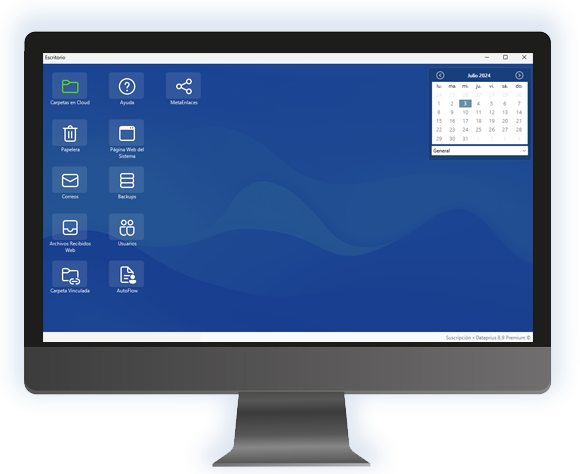
Although simple and clean in style, it lacks the typical dynamism of browser-based applications.
Compared to Dataprius, many options for managing frequently used files and folders are cumbersome and non intuitive.
It is nothing like Windows files and folders.
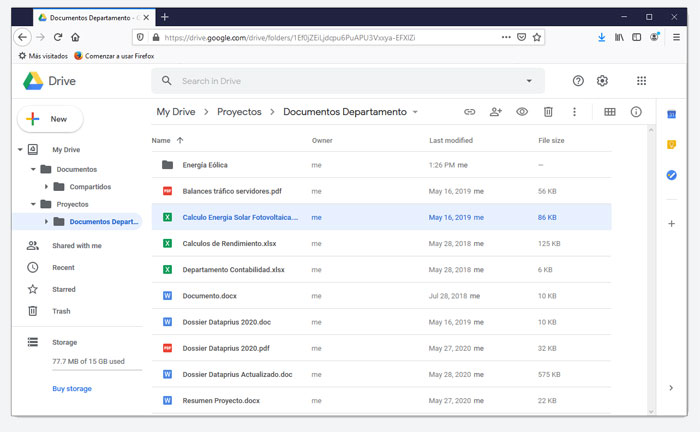
Anyone who knows how to handle folders and files just by using the right mouse button already knows how to handle Dataprius.
Copy, paste, drag and drop. What you normally do on a computer.
For example, uploading a folder is copying and pasting from the computer. Opening a file is double clicking as in Windows.
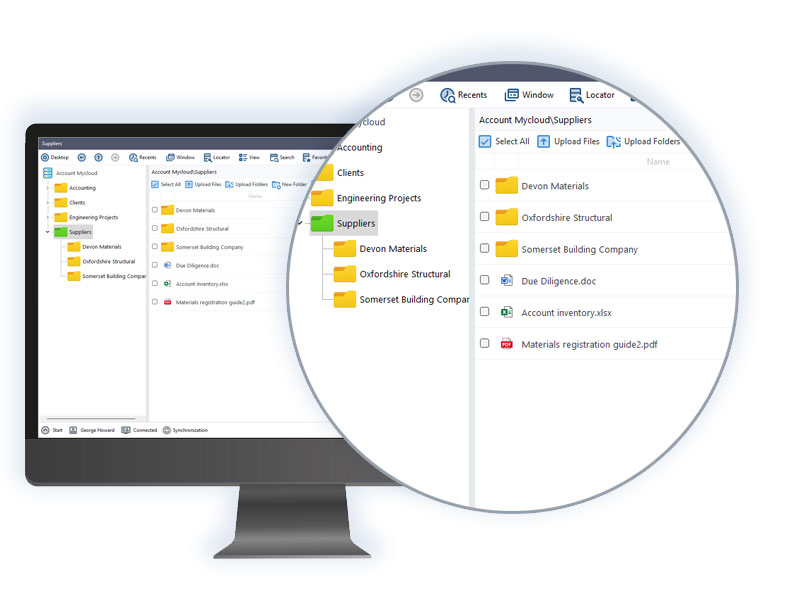

Anyone would expect a file and folder system to be similar to the familiar, that's what Dataprius provides.
Thousands of users endorse it.
No tutorials or courses are needed to operate the system. Company employees get to grips with Dataprius in minutes, not hours or days.
It doesn't look like a cloud system, it looks like the usual folders and files, which is why learning is almost immediate.
In Dataprius, files stored in the cloud are edited directly in the app.
In Dataprius it is not necessary to download documents or synchronise them, in Drive it is.
Drive provides editing of Office documents with Google Docs, Dataprius also with its Only Office editors created in Europe. In Dataprius files do not need format conversions.
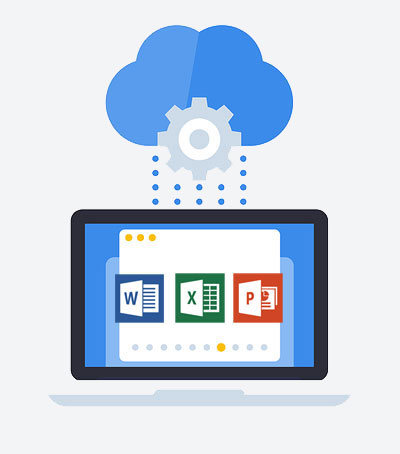

Synchronisation is about keeping replicated Cloud files in a folder on each user's computer.
Dataprius' design does not require synchronisation.
Not synchronising is the way of working for companies that allow access to multiple users, who work with an infinite number of folders from different locations.
Avoiding synchronisation means:
Drive allows you to share files and folders with other users in a rudimentary way.
Dataprius has panels for managing users and folder access permissions.
Being a platform oriented to professionals and companies, Dataprius provides the means to manage the folders and files shared with clients.


Although Drive offers a large amount of storage space, it lacks many of the features that Dataprius offers.
Some of these features are directly related to security, legality and the proper functioning of a company's file management system.
Dataprius stores files redundantly. The quality of Dataprius storage is guaranteed by systems that comply with all security and data protection standards. This comes at a cost.
The stored files at Dataprius does not finance a free service.
Drive is geared towards storing files, Dataprius for daily use in the company.
For Drive there are add-ins that allow you to save Microsoft Office files. Dataprius comes with its own plug-ins for Microsoft Office and Outlook.
Many apps include the possibility to upload files from Drive or save them.
In Dataprius you have the possibility to integrate any app within the system. It is called Integrated Apps.
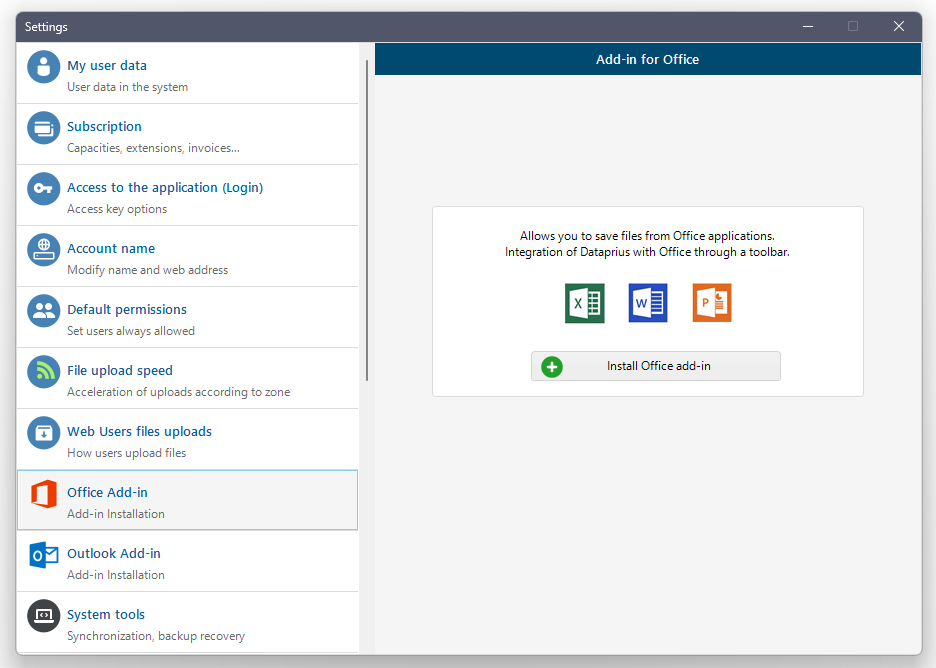

Drive belongs to Google. Data is its purpose and no further explanation is needed, there is a lot of public information about its methods of processing information and personal data.
Dataprius is a system developed in Spain by a start-up born the city of Malaga.
All its services and storage are carried out exclusively in EU territories. It complies with European data protection regulations. Legal point by point to the rules arising from compliance with GDPR (General Data Protection Regulation).
Dataprius is fully compliant with the data protection laws of many LATAM countries. Dataprius does not show this with a simple declaration of intent, it signs GDPR contracts with all its clients.